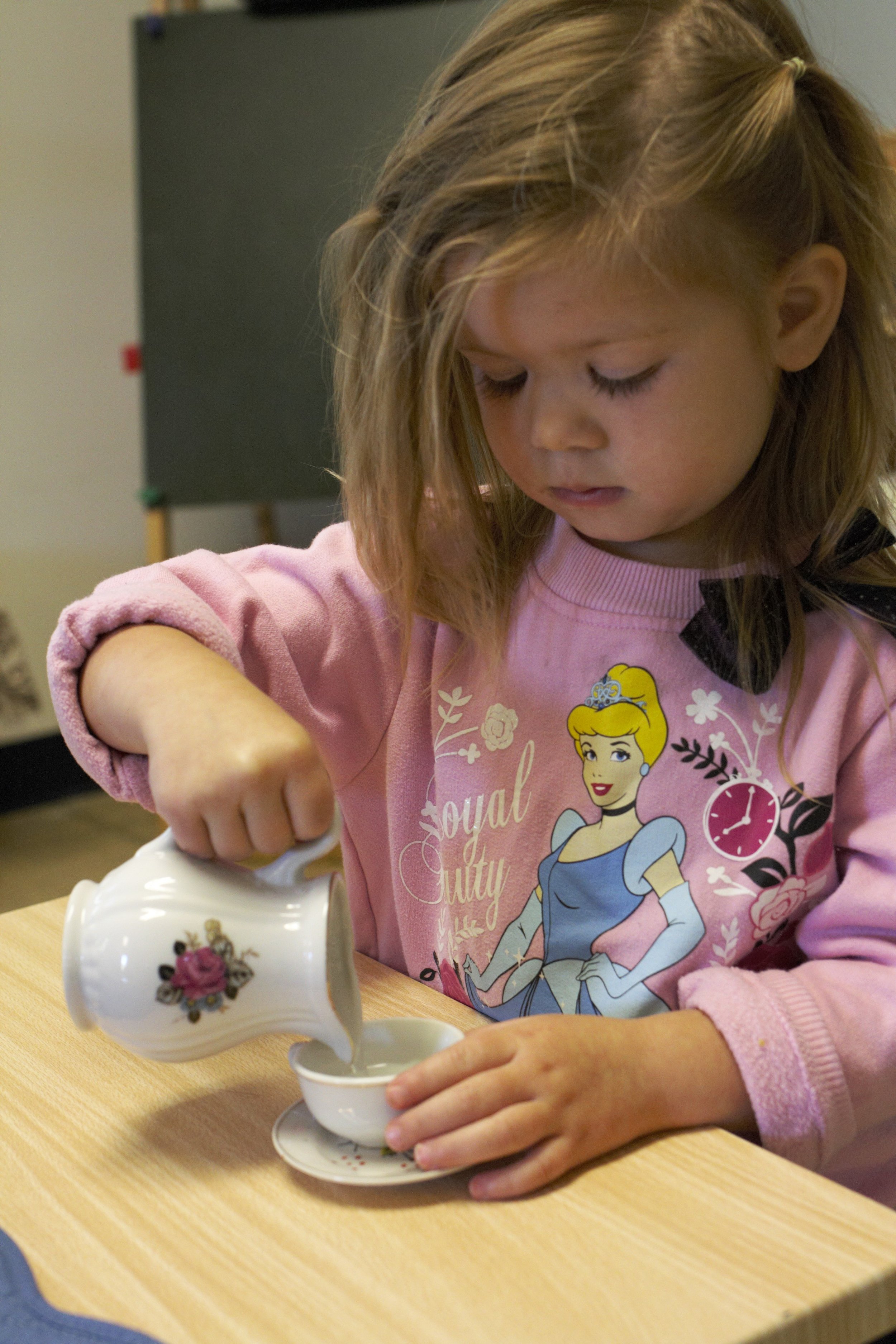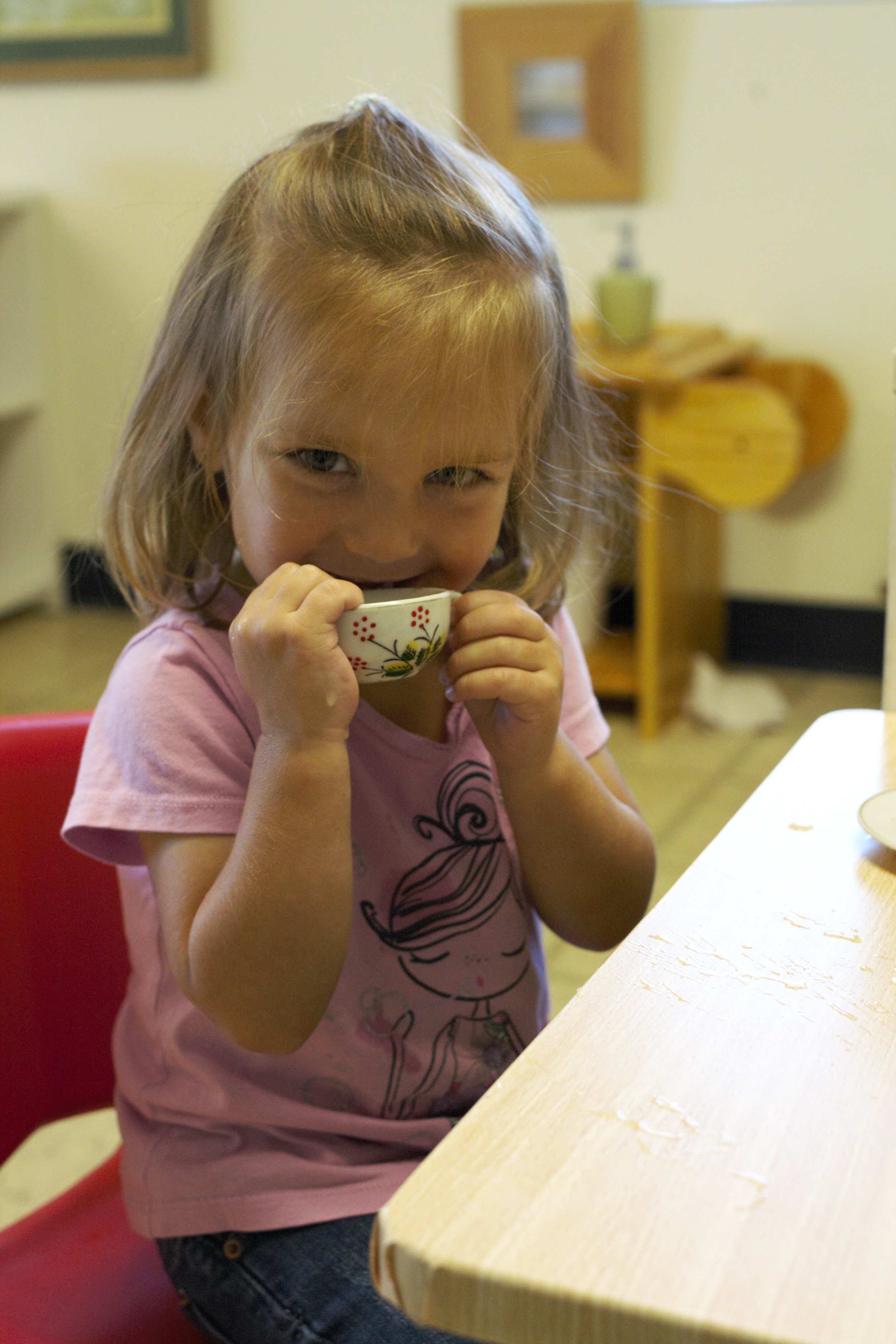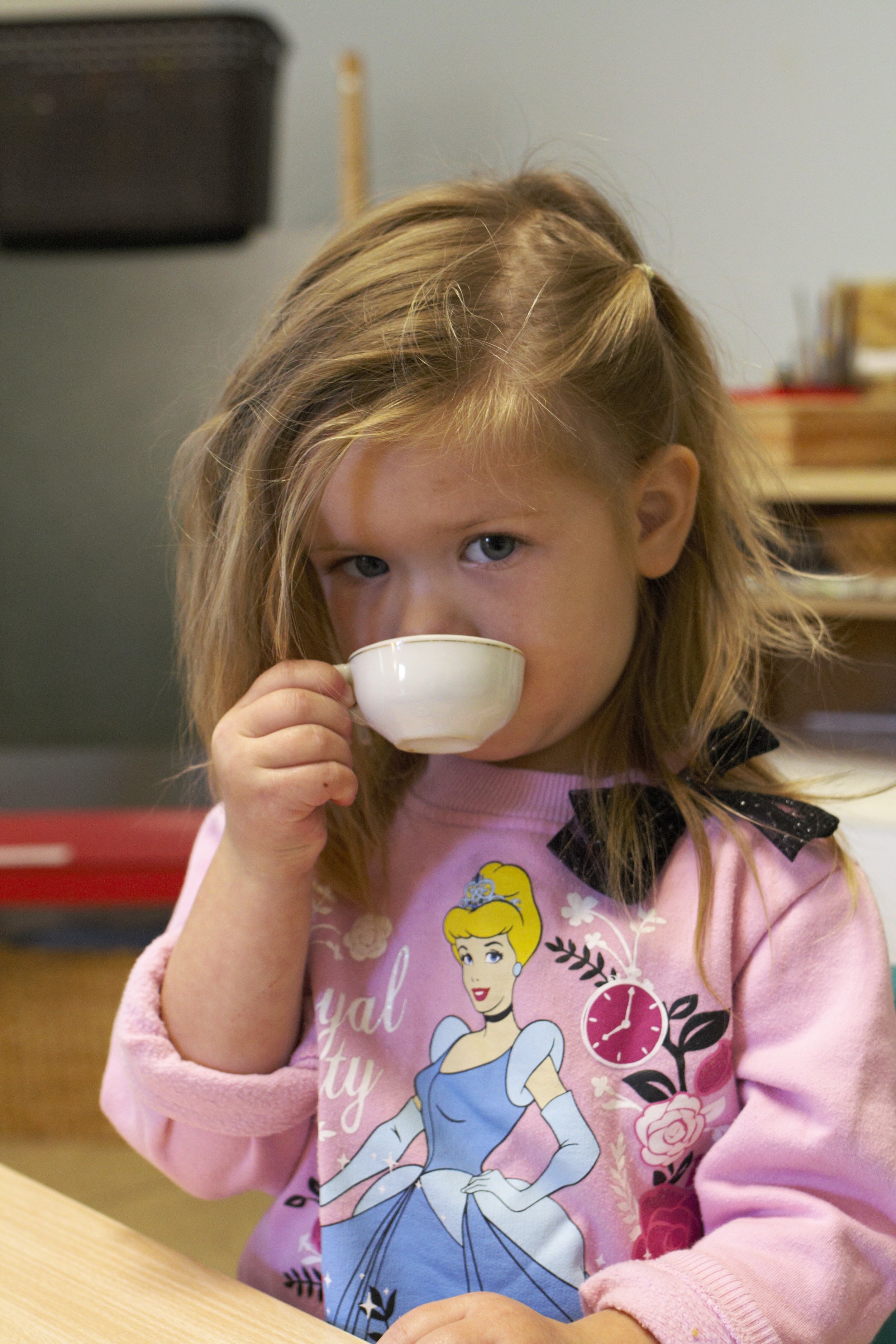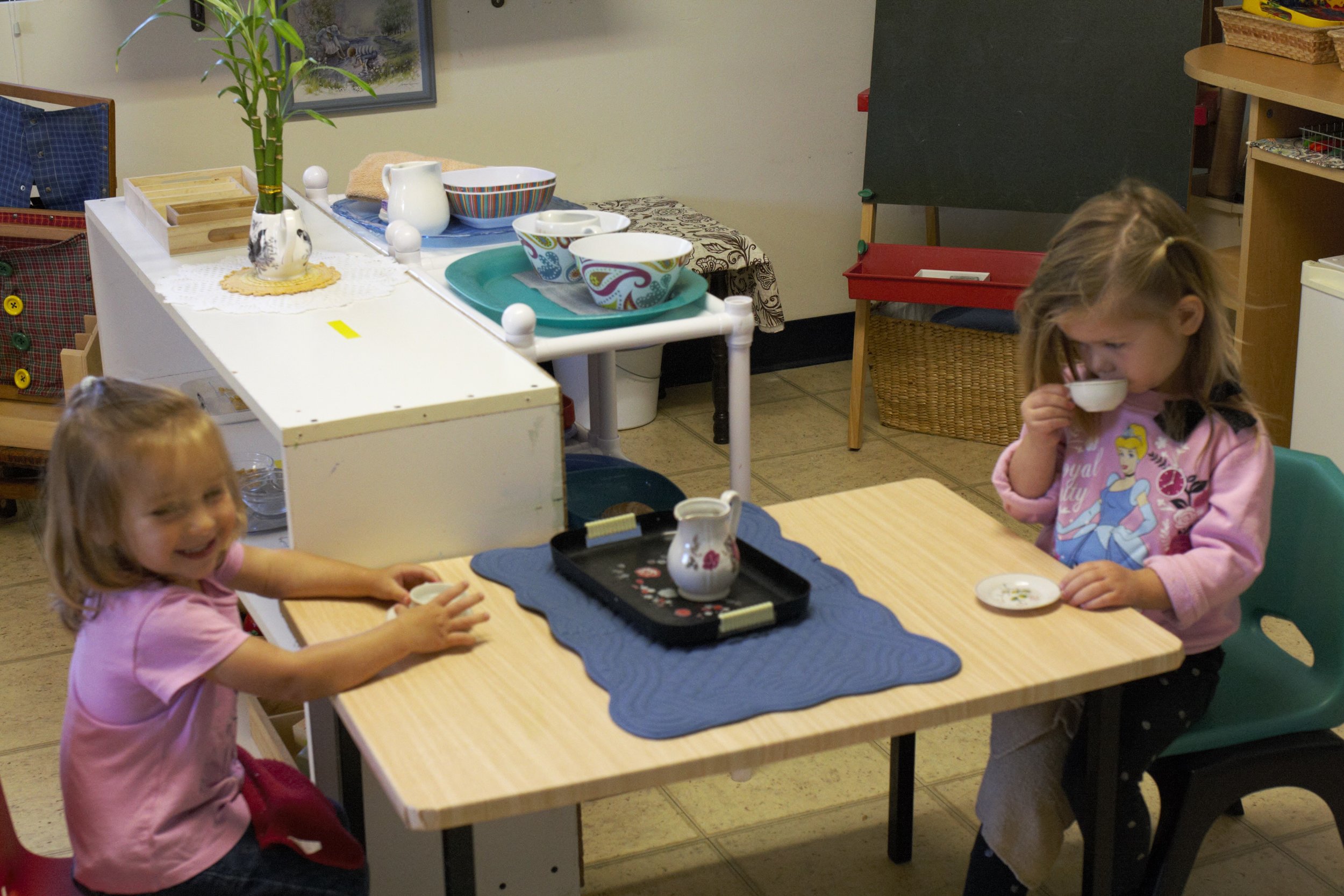Montessori - A Continuum Approach
The goals and objectives of Hendersonville Montessori Academy (HMA) require time. These goals and objectives cannot be rushed because they coincide with nature and nature cannot be rushed. For the goals to arrive at fruition there must be opportunity for this to occur. The Montessori Curriculum follows a course that is sequential to the stages of child development, thus becoming an effective way for the child to arrive at these goals. This is the means by which children excel in learning; and this method of learning requires TIME.
There are four basic age groupings in Montessori. A very brief basic explanation of the age group will help to understand the continuum of the approach.
First is the age 0-3 years:
During this time, Montessori refers to the child as the “Child as the Unconscious Learner.” This means the child does not have to be taught – but simply to be around and in the environment in order to learn. Example: Mother language is not taught, it is learned from being in the environment. This is why we have included the 2-year olds at HMA; they learn so FAST just by being in a learning environment.
Second is the age 3-6 years:
This is the second of the greatest learning time that nature provides for the human other than the birth to three years. This is the beginning of the “Conscious Learning.” The typical characteristic for their age is the hands-on learning and is referred to as the “Sensorial Learner.” The child must handle and DO the things they learn. Handling the letters they have learned the sounds of, handling and moving the quantities they have learned the names for, handling and moving the long – the short – the thick - the thin – the light blue tile – the dark blue tile – the loud – the soft – this is how the “Sensorial Learner” learns.
The goal of this THREE Year Period is to finalize the “Learning through the Senses,” so parents are intensely encouraged to keep the child with this program through the age of five years. This age of five years (Kindergarten) is so important because it is the time all the work experienced previously comes together and the child is now the master of independence, self direction, self discipline and will have a foundation for Reading, Mathematics and the other skills for success in learning.
When this THREE Year Period is interrupted after one or even two years, and the program is changed for the child, then results also change. The child must have the TIME to complete this cycle of growth and learning before the program is changed in order to take it with them.
Third is the 6-9 year olds:
HMA is continues the Montessori Program through the elementary years. Children at this age are have moved beyond, “Sensorial Learning.” They are now the “Intellectual Learners.” These are the children of “Academia.” They have intense drive to learn ALL! They are global learners. They want to know, they want to search and show great enthusiasm as they discover. They are independent learners, needing to only be guided. Following the Montessori Elementary Curriculum and classroom environment for these children will enable the child great academic and social achievements. Again it takes TIME.
Fourth is the 9-12 year olds:
This age presents children with the opportunity to do much research, which they are capable of doing even into the high school curriculum: history, chemistry, foreign languages, higher mathematics and other subjects of interest.
TIME is the key factor in Montessori. As we follow the child through their development, we must respect the natural sequence of a child's sensitive period of learning.





